Studer A810 Review: Restored classic
The Studer A810 is one of the most famous professional reel-to-reel player, a model that became popular in many recording studios in the eighties, and later became a cult among audiophiles. We studied this reel, restored by the specialists of Revox/Studer itself, and made our verdict on whether the investment in the updated vintage is now justified.
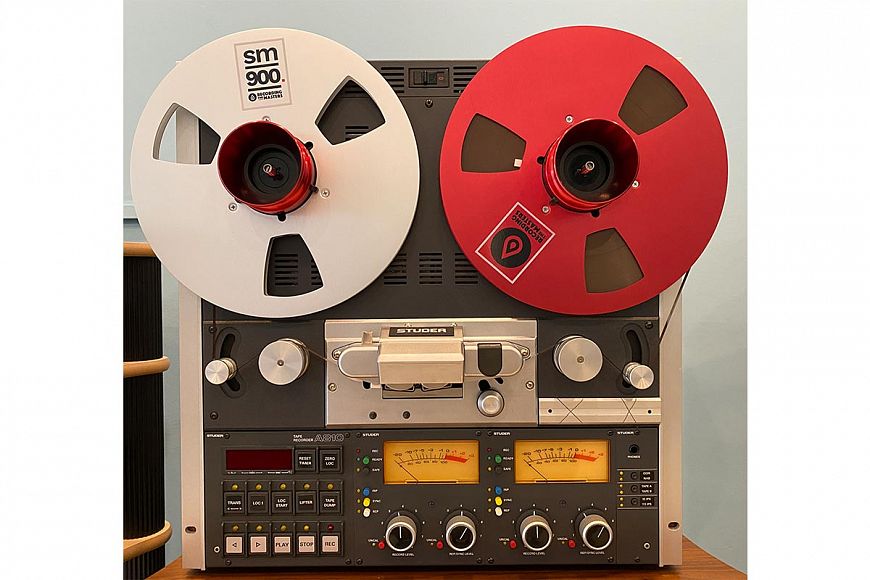
Brief information about the model is as follows-the presentation of the Studer A810 took place in 1980, and the serial production of the bobinnik started two years later. Until 1989, several thousand devices left the assembly line, then production was curtailed (the model was gradually replaced by the Studer A807, assembled on a simplified mechanical platform, but more advanced in terms of electronic filling, and the Studer A820 mastodon). Initially, the Studer A810 was aimed at small (precisely small) recording studios: hence the possibility of desktop (both horizontal and vertical) installation and mounting in a 19″ rack. The device plays and writes to a 6.3mm (1/4″) wide magnetic tape in stereo format (two tracks) and supports playback speeds of 9.5, 19 and 38cm per second.
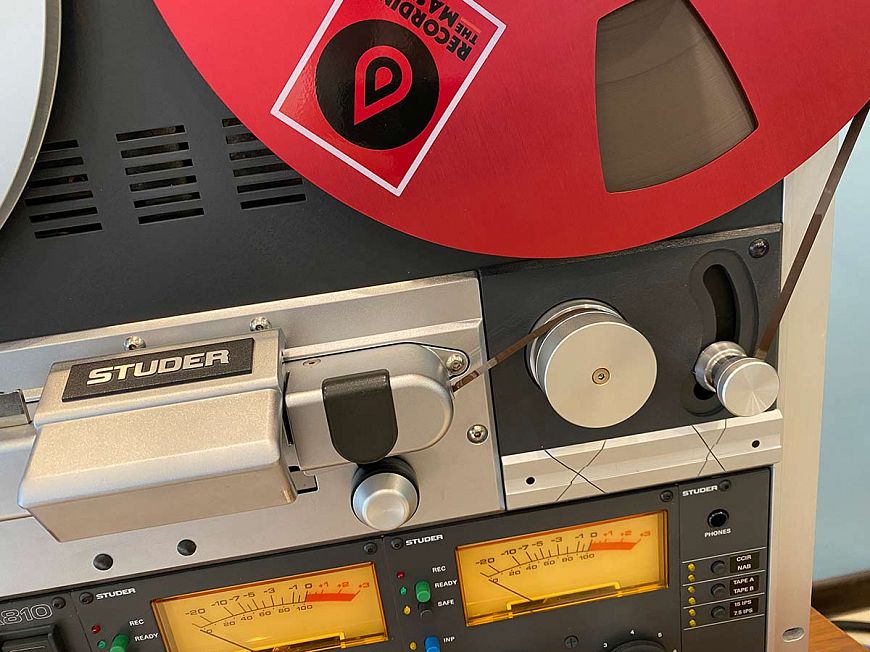
Studer wouldn’t be a Studer if he didn’t apply a lot of innovations to this reel-to-reel tape recorder. Well, for the eighties of the twentieth century, the model really turned out to be stunning in terms of technological innovations: the transport mechanism of the bobbin uses a servo drive; the steering wheel is controlled by a micro-process, and quartz stabilization is not forgotten. Equalization standards-CCIR/NAB. The Studer A810 can work with coils up to 10.5″ (26.5 cm) in diameter, has symmetrical inputs and outputs (XLR), and is equipped with a 6.3 mm headphone jack. The modular design allows very fast replacement of the main boards, and the precision transport mechanism with four rollers guarantees careful handling of the tape. We should also note the luxurious body of the device – with a rigid frame and cast sidewalls (on which you can install decorative pads with carrying handles, which is done in our model). The functionality of the device is programmed, including detailed sound calibration, the option of bus integration via the serial connection port is not forgotten, and the optional digital remote control (not included in our package).) allows you to perform many operations with the bobbin. The device weighs very solidly (31 kg), so it is only necessary to transport the Studer A810 together.
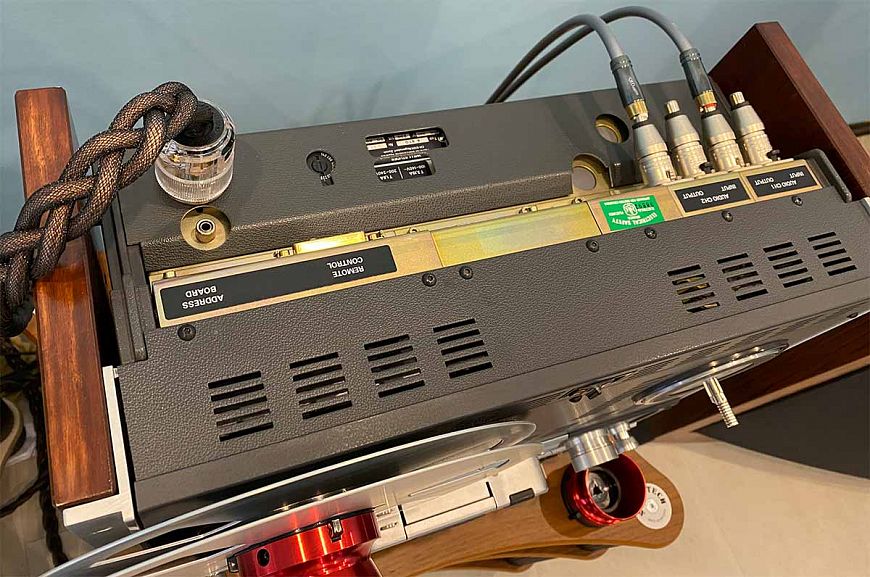
We got the Studer A810 model, received after restoration from the Swiss company Z-Audio (the work was done in cooperation with the Revox/Studer factory, which resumed its operation): the specialists of the companies use only “native” spare parts and “bring” each device to a new state. A completely new head unit is installed, the capacitors are changed, the external cosmetic condition is brought to the level of an intact device, and careful professional adjustment guarantees convenience and comfort during further operation. For each model, a “book-report” is also issued on the obtained measurements of the bobbin-its ideal parameters can be guided by periodic further adjustment (after each transport, it is desirable to check everything again).
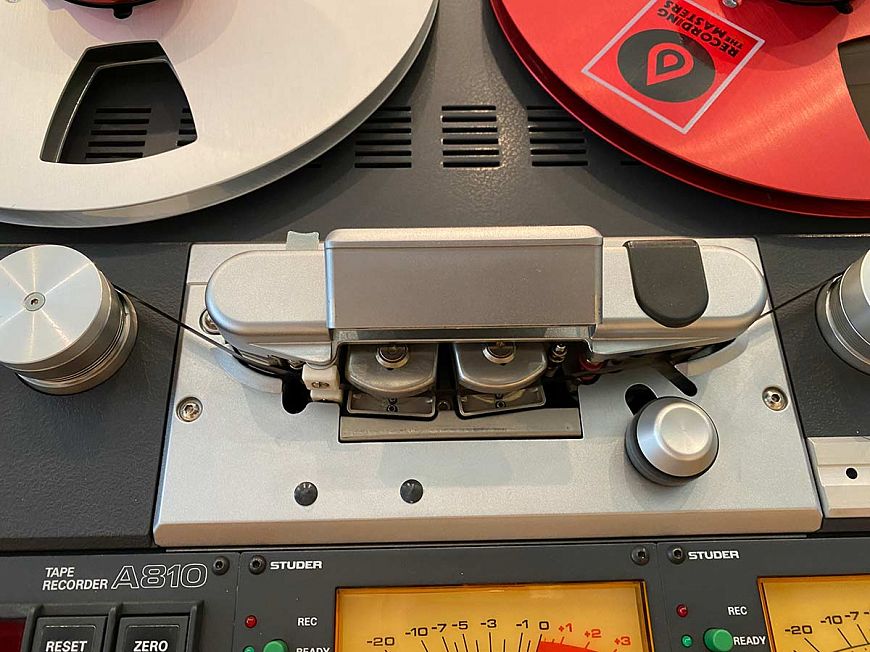
The main point that will allow you to enjoy listening, of course, will be recordings on magnetic tape. If you buy them from well-established companies, there will be no disappointments. Direct licensed copies from master tapes provide a reference quality of reproduction that leaves no stone unturned from any other formats. The two-track tape in the “studio” presentation at a speed of 38 cm/s shows so much musical information that it becomes scary to understand how much was missed in all the past auditions of famous songs. If you start chasing cheapness, looking at flea markets for craftsmen who sell supposedly good records – you can also come across tapes created from vinyl, or even re-recording from digital to tape. Distortion here, of course, will be added, but the dynamics and detail from the ceiling will not take.

As soon as you check the configuration of the bobbin (we have already mentioned that it is better to repeat this procedure after transportation, inviting the master) and install it, you will only need to connect the cables. If your preamp has only unbalanced RCA inputs, you will need XLR/RCA adapters (as was the case in our case – on a system with Audio Note UK M6, Audio Note Ankoru/II, Sonus Faber Amati, JBL DD67000). When using the device, you will have to get used to handling NAB adapters, coils or “pancakes” – the main difficulty at first will be fixing the tape to another coil after rewinding – you will need to master some dexterity of your fingers so that the “tail” of the magnetic tape does not jump off during the rotation of the reel. But, se la vie, analog sound does not tolerate fuss.
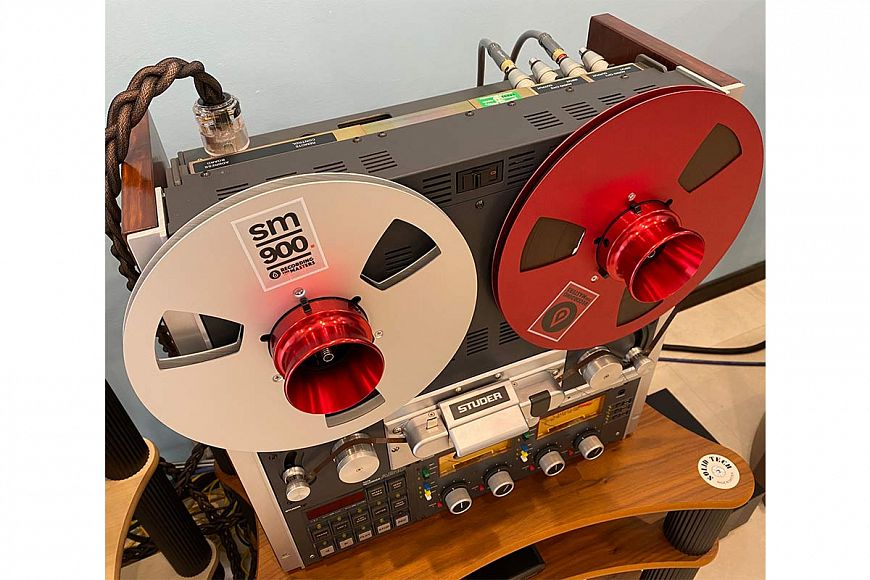
When listening, immediately noticeable is the frantic dynamics of tape recording. The wide (6.3mm) “band” at a speed of 38 cm/s allows you to transmit such an amount of musical information that your head is spinning. Famous compositions receive both volume and texture and relief, forming an absolutely realistic sound, elastic, clear and collected. Bursts, or rather even “explosions” of musical energy allow to achieve an incredible effect of involvement, and the overall cohesion, seamlessness and “silkiness” of the presentation serve as an additional wow factor.
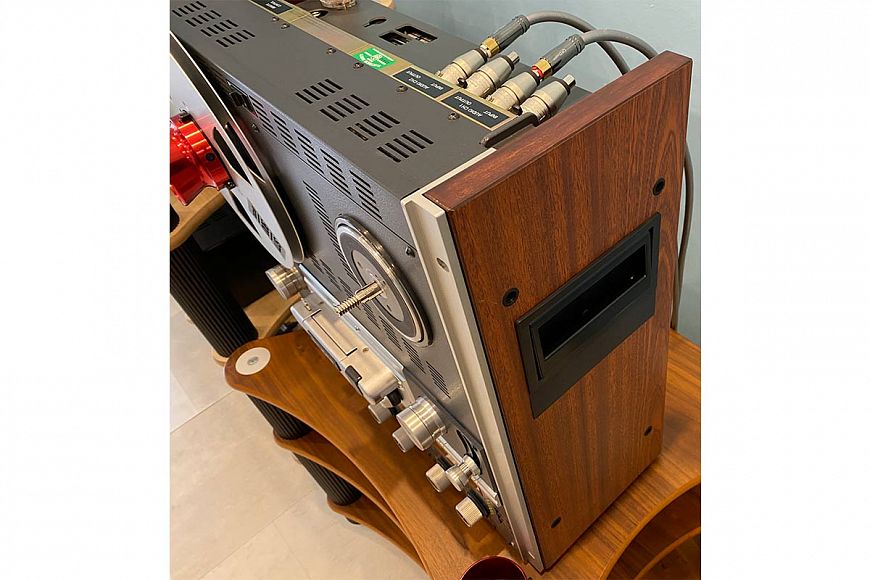
Having listened to a good recording on tape once, there will be no turning back – it becomes clear that other formats (even the notorious first-press on vinyl) are only “a pale reflection of someone else’s love”, a semblance of the original, in which some of the details have been lost. In this vein, it makes no sense to discuss the “authenticity of timbres” or brilliant – the wave of information that falls on the listener from a professional studio method of reproduction allows you to forget about the preparation of music into its component parts and just plunge into the magic of sound.
Conclusions
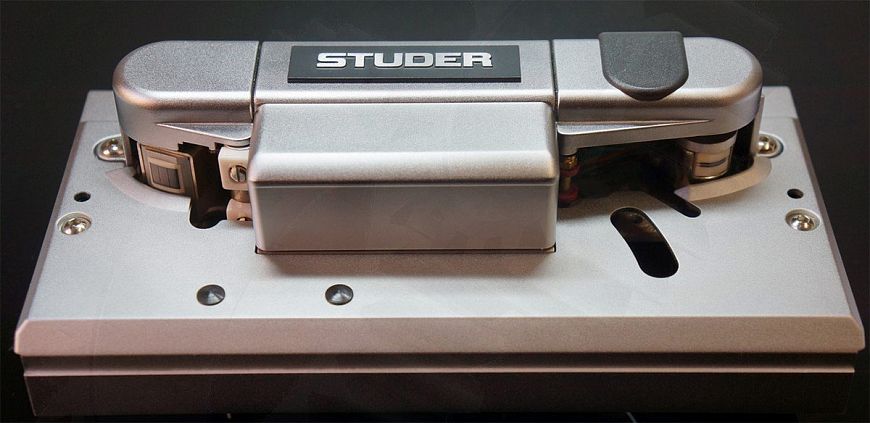
The Studer A810 is one of the best vintage devices still on the market today. Precision workmanship, modular design, chic movement – and, of course, stunning sound, make this model the choice of true audio gourmets.
Specifications
- Name – Studer A810
- Type – professional reel to reel tape recorder
- Format – two-track, stereo
- Magnetic tape width 6.25 mm
- Belt speed, cm / sec. – 38.1 / 19.05 / 9.5
- Tonval control – microprocessor
- Standards – CCIR / NAB
- Coil size – up to 26.5 cm
- Inputs and Outputs – Transformer, XLR
- Headphone output – jack 6,3 mm
- VU meters – for line in and line out
- Power Consumption – Up to 190 W
- Power supply – multi-voltage (100 – 240 V)
- Weight – 31 kg.

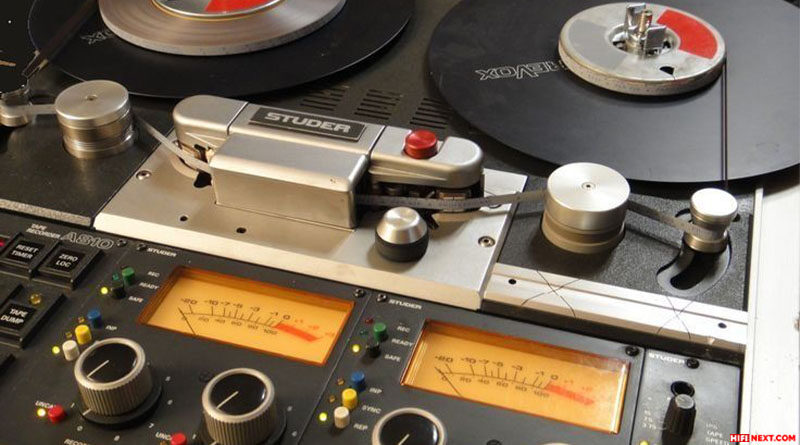
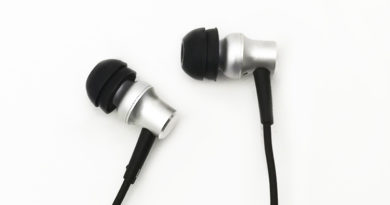
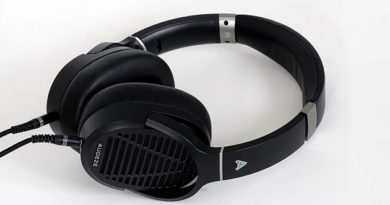
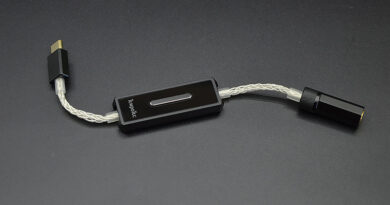
The A810 also came with a 4-speed capstan. I know because I’ve got one that was totally tricked out. My machine has a 3.75ips, 7.5ips, 15ips and 30ips speed capstan.
It also has the Studer Vari-speed control, which can be set in steps from 1-999 and each step is further divisible into 5 more steps.
My deck also has Studer butterfly heads, which provide more recording surface area than standard heads.